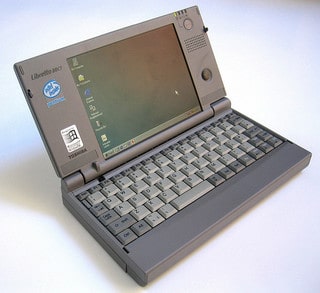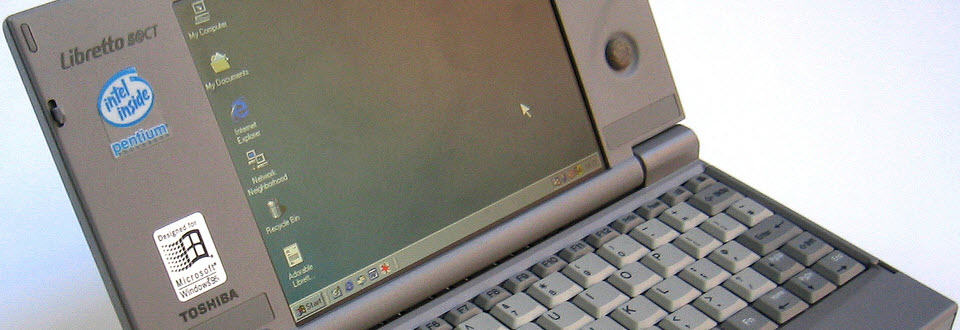
'Toshiba Libretto 50CT' by Jon Callow
Some call it the latest ‘fad’, others point to a long history of people bringing their own technology solutions to the workplace, it’s currently referred to as BYOD.
It’s all the rage right? After all, the ability to set your own course, control your own computing destiny, and pick the phone of your choice is our right as modern humans. Besides, IT departments are too overbearing and controlling – they don’t understand our need to get our work done in a timely fashion.
At least, that’s what it may seem like to those hip ‘movers & shakers’ types, and may be those Millennials too. Ok, maybe I’m stereotyping with the Millennials… but experience tells me otherwise.
Costs Of Technology
Therein lies the point of the BYOD movement, too many people think it’s a great cost-saving idea. The problem with that is the costs are simply shifted from client-side hardware procurement, to the data center. Actually, it’s likely to increase IT costs rather than cut them.
Like most great ideas, BYOD cuts both ways. It’s a triumph of corporate workers to have choice! Bringing flexibility to the main tool most productivity workers use every day.
Why can’t we pick a Mac over a PC? Why wouldn’t IT let me provide my own – I’m willing to pay for the privilege! Many more would start talking about the flexibility of different solutions, like tablets and even their phones. After all, are not all these devices computers of one type or another? I know a great number of people who argue the PC hasn’t been more personal than the devices we carry in our pockets every day!
Back to the costs question though. It’s not a simple answer once you start thinking about it. Yes, the company isn’t buying a computer, the support contract for it, the license for the operating system, the software licenses for your apps… um, if they don’t who does?
You see, there is the beginning of the complexity of simply bringing your computer to work and trying to use it in place of a company provided one. It’s not to say it can’t or shouldn’t be done, but there’s more to it than we might think. Sure, the hardware, support and client OS licensing might be eliminated. However companies need to protect their data, which means server storage for everything, which means increased storage costs, which bring increased electrical costs for the data center, and environmental systems which add more cost.
What About Software
What about software? That too needs to be maintained in a reliable, secure, and usable form. Sure, we can move lots of apps to the cloud, but lets face it – hard core spreadsheet users over in Accounting or those documentation wizards writing all sorts of material need real tools, not a web-based version of Notepad! So IT needs to host those applications and stream them to your personal device. This adds flexibility for us as individuals, but it also means the savings on the laptop you would have gotten now goes towards server capacity to host that application. Oh, and we need to think of floor space, and the power/environmental systems again… and more costs.
As an IT Architect, I have this kind of conversation with my peers quite often, and we continue to uncover more pros and cons. Somehow they mostly seem to balance each other out. But the real impact of BYOD, in my opinion, is the third dramatic shift in computing in my IT career. This one bringing a renaissance of choice to IT’s End Users, and expanding the idea of what the IT industry is capable of providing.

